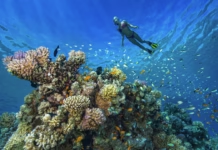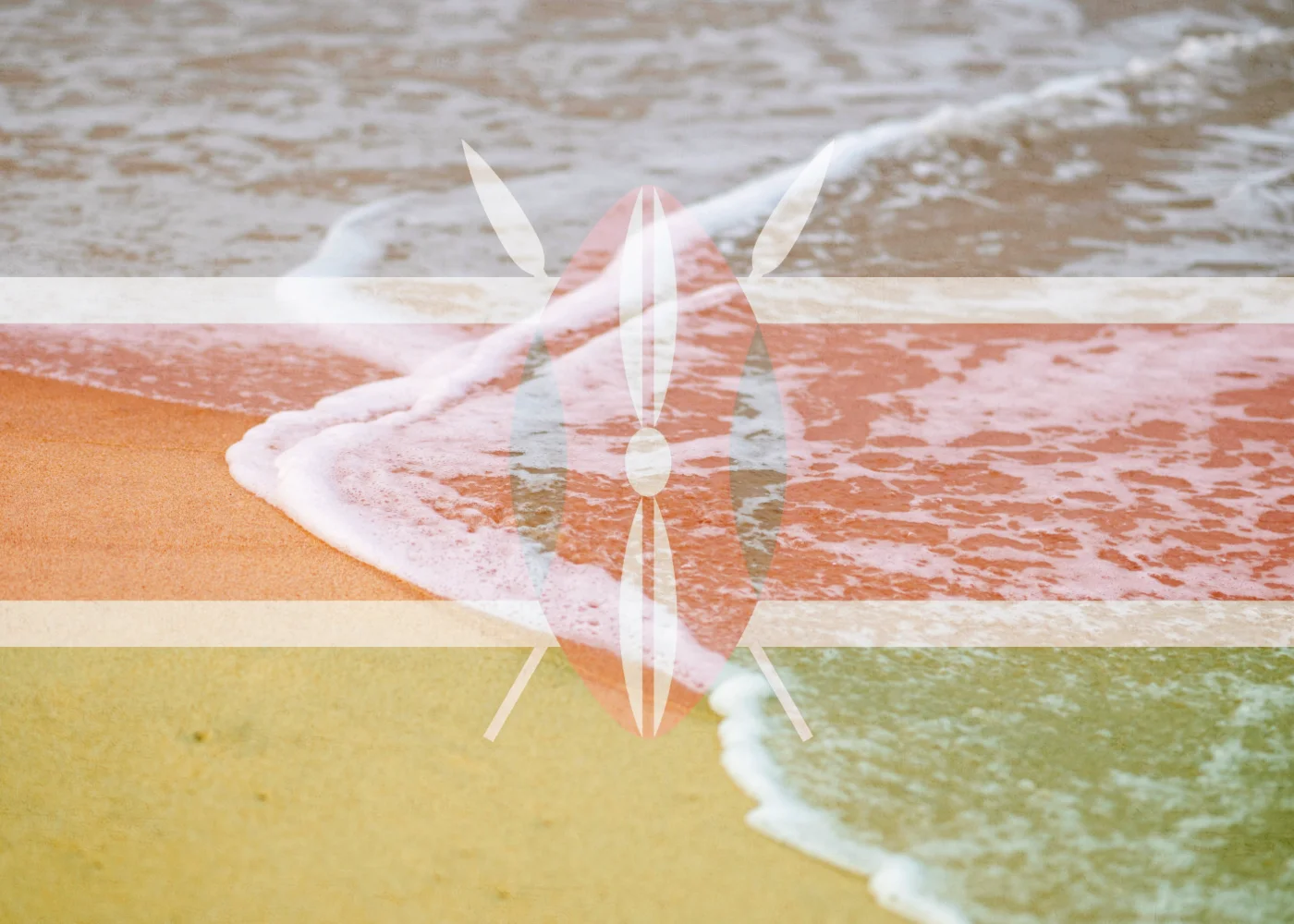When is the best time to dive Kenya? Kenya’s coastline offers exceptional diving opportunities year-round, but certain periods provide particularly favourable conditions. Understanding these seasonal variations can help you plan the perfect diving adventure.
October to March: Optimal Diving Conditions and the Best Time to Dive Kenya
Between October and March, the northeast monsoon brings calm seas and often excellent visibility, often up to 30 meters. Water temperatures during this period range from 26°C to 30°C, creating comfortable conditions for divers. This season also offers the best chances to encounter majestic whale sharks and manta rays, especially around Diani Beach. March is especially good for this with calm waters and cheaper deals on hotels and flights to Kenya.
July to September: Humpback Whale Migration
From July to September, cooler waters, ranging from 23°C to 26°C, coincide with the annual humpback whale migration along Kenya’s coast. Diving in areas like Watamu and Diani during these months may provide opportunities to witness these magnificent creatures.
April to June: Challenging Conditions
The months of May and June are considered less favourable for diving due to the southeast monsoon and Kusi winds, which brings rough seas and reduced visibility. Many dive operators focus on training and development during this period.
Additional Considerations for the Best Time to Dive Kenya
Tides and Currents
Kenya’s coastal waters experience varying tidal conditions. Planning dives around slack tides can enhance safety and enjoyment.
Marine Life
Dolphins are commonly spotted year-round, while turtle nesting typically occurs from December to March in areas like Diani, Watamu and Malindi.
By aligning your diving plans with these seasonal patterns, you can maximize your chances of experiencing Kenya’s rich underwater biodiversity.
Wildlife Safaris
If you wish to conincide your dive trip with a wildlife safari on land then you should take into account the following:
The June to October dry season is the best time to see the Great Migration in the Maasai Mara. Huge herds of wildebeest cross the plains, attracting predators and offering thrilling safari experiences.
However, October to March also delivers incredible wildlife sightings. After the short November rains, the landscape turns lush and green. Many animals give birth during this time, bringing more predator activity. Birdwatching is also fantastic, with numerous migratory species arriving.
For safari lovers, both seasons offer unforgettable adventures, each with unique highlights.

































